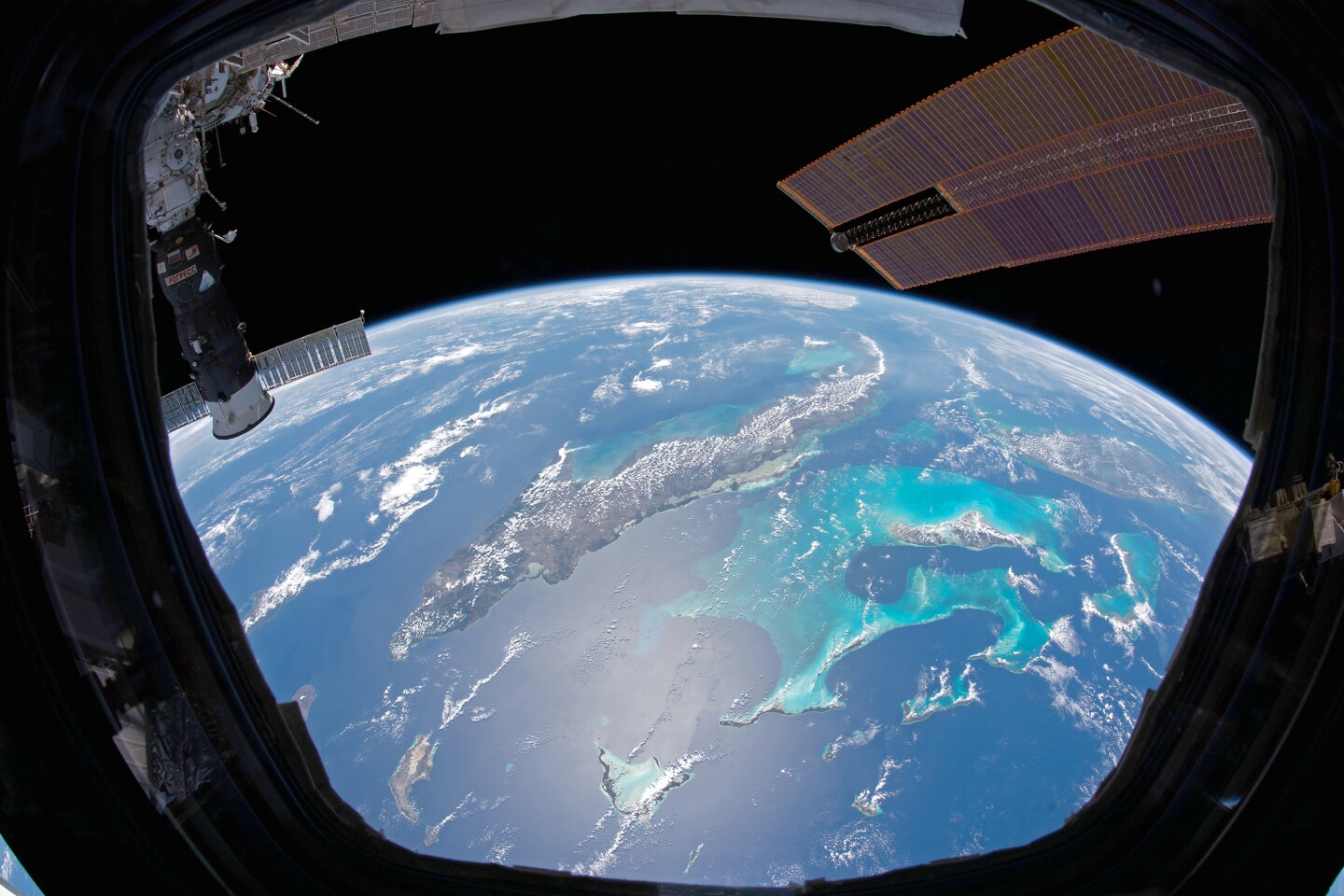NASA will take ownership of the deorbit vehicle once completed, and will operate it throughout the mission sometime in 2030. While guiding the ISS into the atmosphere, it is expected that both the deorbit vehicle and the ISS – which is about the size of a six-bedroom, two-bath house – will burn up safely before ever reaching the ground. Should any debris make it to the Earth’s surface, it will land safely in a region of the South Pacific Ocean regularly used for deorbiting spacecraft.
It is the responsibility of the five space agencies that operate the ISS – namely the ESA (European Space Agency), JAXA (Japan Aerospace Exploration Agency), CSA (Canadian Space Agency), State Space Corporation Roscosmos (Russia) and NASA – to ensure the safe decommissioning of the ISS at the end of its 30-year operational life.
NASA is currently spending just over $3 billion per year on the space station program, with $1.3 billion on operations aboard the station and nearly $1.8 billion on crew and cargo transportation.
“This amount can be applied to NASA’s deep space exploration initiatives, allowing the Agency to explore further and faster into deep space,” NASA states in its transition from ISS report. “This amount can also be applied to other NASA programs.”
With the ISS weighing in at 400 tons (363 tonnes) and traveling at 18,000 mph (29,000 km/h) while orbiting the earth every 90 minutes, this will be no easy feat for SpaceX engineers, who will be responsible for the design of the craft.
NASA
It will be a day of sadness for the space community
The ISS has been a true symbol of international cooperation and scientific advancement in space exploration.
The project began in November of 1998, with modules flown to low-Earth orbit where the space station could be assembled. Nearly two years later to the day, cosmonauts Sergey Krikalev and Yuri Gidzenko along with astronaut William Shepherd flew into orbit, docked with the ISS, and were the first aboard. In the nearly 24 years since then, the station has been continually occupied by space explorers from 23 different countries.
Much has changed technology-wise since the beginning of the project, but the International Space Station will forever carry the legacy of being the first of its kind. Even in times of geopolitical turmoil 227 miles below, the ISS has been a place where be it mission-critical or mundane, the science, the learning, and the humanity are all that matters.
The end of ISS, but the beginning of something more
In 2020, NASA awarded a $140 million contract to Axiom Space to provide at least one habitable commercial module for attachment to the ISS. Axiom hopes to attach its first module to the station by 2026, with plans for a second and third module each year after. When it comes time for the ISS to push daisies, Axiom can detach its modules to form its own independent commercially available floating space station.
Also in the making is the Lunar Gateway – a smaller international space station that will sit at the Lagrange Point between the Earth and the Moon – as a stopping point for lunar missions. NASA additionally has agreements with Blue Origin, Nanoracks LLC, and Northrop Grumman Systems Corporation for other free-flying modules.

NASA
Interesting facts about the ISS
- The space station is 356 ft (109 m) from one end to the other, and can accommodate as many as eight spaceships docked simultaneously with 13,696 cubic feet (388 cubic meters) of habitable pressurized space
- Constructing the ISS was a monumental endeavor, with 42 launches ferrying its modules and components to low-Earth orbit
- The ISS has been host to nearly 3,000 research experiments
- In a single 24-hour period, the ISS orbits Earth 16 times – that’s 16 sunsets and 16 sunrises, and about the equivalent distance from the Earth to the Moon and back each day
- The water recovery system on the ISS, which is responsible for the recycling of biological waste and such, reduces the amount of water needed to be delivered from Earth by about 66%
- The ISS has roughly 350,000 various safety sensors being monitored non-stop
- The solar array produces between 75-90 kW of power – the average home uses 1.3 kW per day
- Astronauts have taken more than 3.5 million photos of our planet from the ISS
Source: NASA







